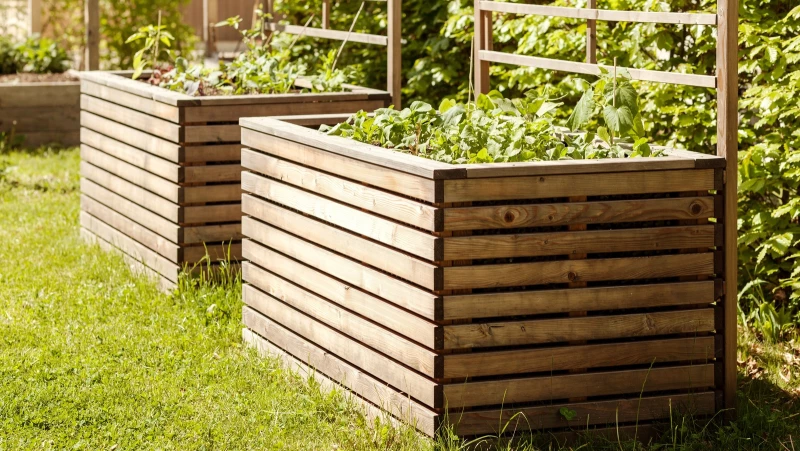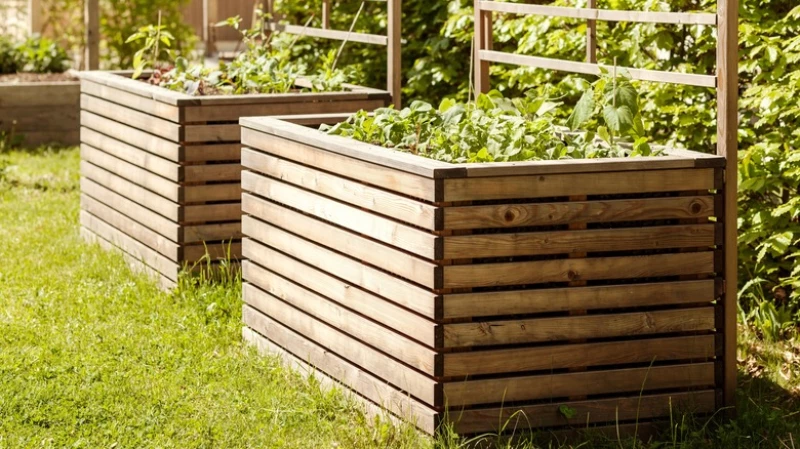Green thumbers all know that some plants do better grown in raised garden beds as opposed to the ground. There are no mattresses involved; a raised bed simply involves planting on an artificially heightened patch of land beyond the natural terrain level. Numerous benefits come with raised beds, but it can be a cost issue because you have to purchase more soil to construct the beds in the first place — and that doesn't come cheap. You would be spending hundreds buying soil, stones, or wood to erect the bed and maybe hire someone to build it for you. Instead, you can opt for a DIY self-watering container that does the same work as a raised bed while being so much more affordable. You would only need some old buckets, used milk jugs, and a PVC pipe for $13 at Home Depot.
Benefits of Self-Watering Tubs for Gardens
Gardens require soil with good drainage capabilities, which is why raised beds are often used. However, raised beds can be expensive and immobile. Self-watering tubs are a better alternative because they allow plants to water themselves, eliminating the risk of over or underwatering. These tubs are especially useful for those with limited space and who struggle to remember watering routines. The plants in self-watering tubs absorb the water they need through capillary action, making gardening easier and more efficient.
Put together the self-watering container by drilling holes where necessary
Self-watering tubs are lifesavers for people with limited space to plant in their yards and who can't remember all the watering routines. The plants routinely suck up the water that they need without your intervention. The way that they do this is through capillary action.
Keep an eye on the tub hole to monitor water levels
When using a self-watering tub for your plants, it's important to know when the water reservoir is running low so you can replenish it. While the water pipe may overflow, the best way to determine if the tub needs more water is by checking the hole in the tub. If water is dripping from the hole, then the tub is full. If there is no water dripping, give it some time, add more water, and then check again.
The unique watering system of this device ensures that the plants only absorb the necessary amount of water, preventing root rot or drowning. Overwatering is no longer a concern. Additionally, the waterlogged bottom of the container deters pests, resulting in fewer headaches regarding plant health.
With all the water pooled at the bottom, the topsoil remains less moist, leading to fewer weeds. Harvesting fruits and vegetables, especially root tubers like potatoes, becomes easier. The portability of these tubs is another advantage. However, there are some drawbacks to consider. If you choose to use bagged soil, the device may not be as cost-effective, although using compost or fertilizer and soil from your yard is an alternative. Furthermore, the limited space may restrict the amount you can plant compared to using the ground.








